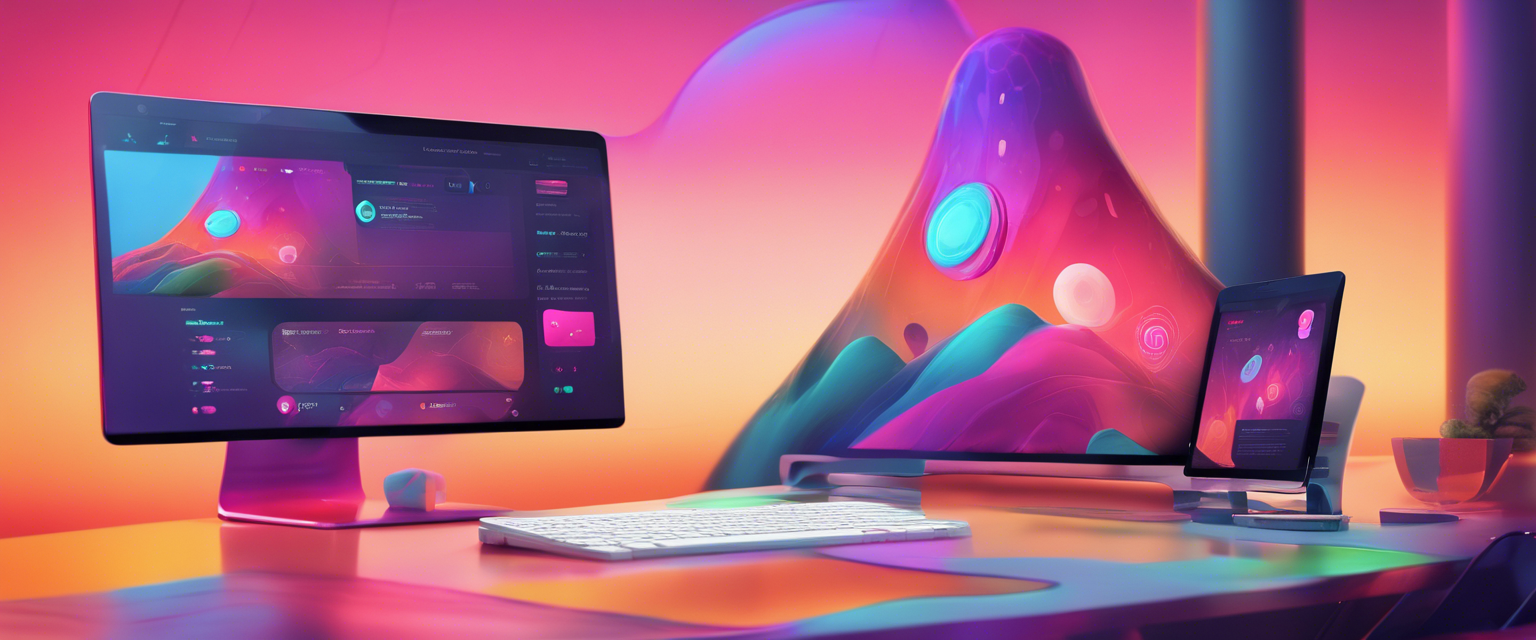Mastering Modal Design: Tips for Stunning UI

The Ultimate Guide to Modal Madness: How to Master Your User Interface with CSS!
If you’ve ever experienced the frustration of a poorly designed modal, you know how important it is to get it right. Mismatched colors, awkward positioning, and unresponsive buttons can turn your sleek application into a chaotic mess faster than you can say “CSS.” As the chief editor of MindBurst.ai, I’m here to help you navigate the world of modal design with style and grace. Let’s dive into the nitty-gritty of crafting the perfect modal using the latest CSS techniques!
Why Modals Matter
Modals are not just pretty pop-ups; they serve crucial functions in your web applications:
- User Engagement: They grab attention and encourage action.
- Information Delivery: Perfect for alerts, forms, or confirmations without leaving the current page.
- Space Management: Great for keeping your UI clean while still providing necessary features.
Key CSS Elements for Your Modal
Here’s a breakdown of the essential CSS components you need to create a stunning modal:
The Modal Background
.Modal-modalBackground {
background: #000000b3; /* Dark overlay for focus */
height: 100%;
left: 0;
position: fixed;
top: 0;
width: 100%;
z-index: 100001; /* Ensure it’s above other elements */
transition: background-color .4s; /* Smooth transition */
}
- Tip: Use a semi-transparent background to provide a sense of depth without losing the context of the underlying content.
The Modal Container
.Modal-bottomModal.Modal-modal {
background: #f8f8f8; /* Light background for the modal */
border-radius: 3px;
position: fixed;
width: 100%;
max-width: 600px; /* Limit max width for better readability */
box-shadow: 5px 5px 20px #1717171a;
margin-top: 0!important; /* Reset margin on mobile */
}
- Responsive Design: Make sure to adjust the height for different devices using media queries.
Closing Buttons and Accessibility
.Modal-closeButton {
color: #a9a9a9; /* Subtle color for the close button */
cursor: pointer;
position: absolute;
right: 12px;
top: 12px;
}
- Accessibility Tip: Ensure your close button is easy to find and can be activated via keyboard shortcuts.
Media Queries for Responsiveness
Your modal should look great on any device. Here’s how to ensure it remains user-friendly:
@media (max-width: 1019px) {
.Modal-bottomModal.Modal-modal {
height: 642px; /* Adjust height for smaller screens */
}
}
@media (max-width: 759px) {
.Modal-bottomModal.Modal-modal {
height: 100%; /* Full height on mobile */
position: relative;
top: 0;
}
}
- Pro Tip: Test your modal on various screen sizes to ensure a seamless experience.
Final Touches
Input Forms
When creating forms inside your modal, ensure your input fields are user-friendly:
.AuthForms-container .AuthForms-formInput {
width: 100%; /* Full width for easy access */
}
- Design Tip: Keep your form simple and intuitive to avoid overwhelming users.
Call to Action
Your modal should always have a clear call to action. Use contrasting colors to make buttons stand out:
.AuthForms-container .AuthForms-submitButton {
background-color: #005594; /* Eye-catching button color */
color: #fff; /* Text color */
}
Wrapping It Up
Creating the perfect modal requires a keen eye for design and user experience. With these CSS tips and tricks, you can ensure your modals are not only functional but also visually appealing. Remember, the goal is to enhance user interaction without causing frustration. So go ahead and elevate your web application with well-crafted modals that users will love! Let’s make the web a more beautiful place, one modal at a time!